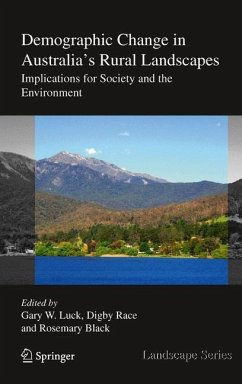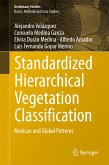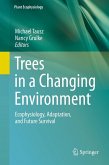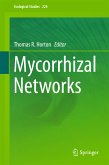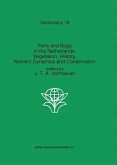Throughout history, humans have lived primarily in rural landscapes. In 2008, for the first time, the global population became predominantly urban. While much research has focussed on the impacts of increasing urbanisation, we have very little knowledge of the implications of these changes for rural landscapes. Global trends suggest populations in rural landscapes are, relatively speaking, in decline. Yet this broad trend is too simplistic and can be very misleading for researchers, land managers and policy makers. This generalisation often masks a much more complex and dynamic process of demographic change, with some rural areas increasing in popularity and experiencing new environmental pressures. The patterns of change can be broadly characterised in two ways: population decline and dissolving rural communities; and amenity-led in-migration (or counter-urbanisation) - a trend identified in developed regions such as North America and Australia. Both of these patterns have substantial implications for the management and sustainability of rural landscapes and communities. This book examines broad and local-scale patterns of demographic change in rural landscapes, identifying some of the drivers of these changes using local case studies, and outlining the implications of changes for society and the environment. The book adopts an interdisciplinary approach by explicitly linking demographic change with environmental, land-use, social and economic factors. The book will provide a useful resource for researchers and graduate students interested in urban development, sustainability science, landscape studies and demographic change, as well as environmental management, human and physical geography and rural sociology.
Dieser Download kann aus rechtlichen Gründen nur mit Rechnungsadresse in A, B, BG, CY, CZ, D, DK, EW, E, FIN, F, GR, HR, H, IRL, I, LT, L, LR, M, NL, PL, P, R, S, SLO, SK ausgeliefert werden.

